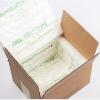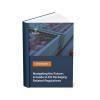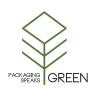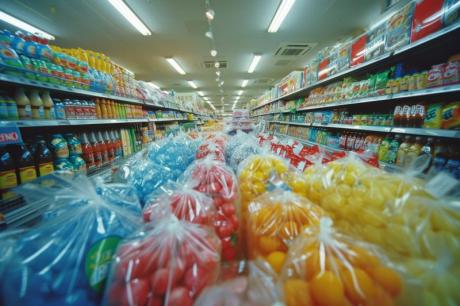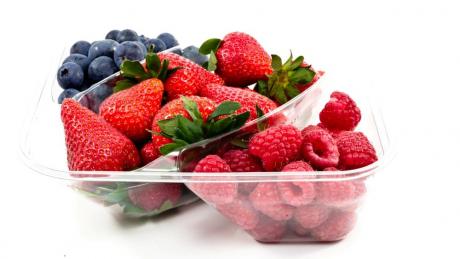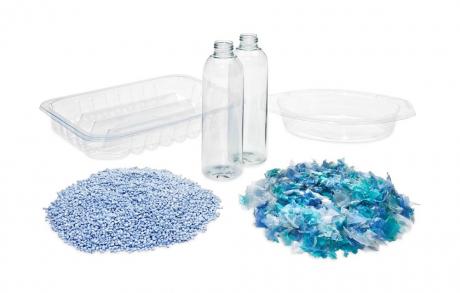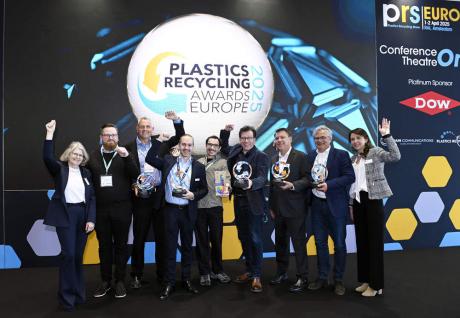Smart Packaging Solutions, a division of the multinational VPK Group, a Dutch company specialising in the production of green paper and cardboard packaging, has come up with some new solutions to meet market needs. To better understand what drove the company to create innovative sustainable alternatives, Eline Verheijden, plant coordinator in Loenen (The Netherlands), explains.
Making new solid board packaging products from recovered paper. The concept in itself is extremely sustainable, says Eline Verheijden. “In Loenen, we literally use paper thrown away as waste by households to make a new product. This is recycling in its purest form and therefore sustainable. But we do need energy and water for this process. We are constantly working to make the packaging production process more sustainable. Our goal is to reduce our energy and water consumption.”
Target: 55% reduction in CO2 emissions by 2030
We aim to reduce our CO2 emissions by 55% by 2030 compared to 1990. This requires us to reduce our consumption of natural gas. One way to do this is to use energy more efficiently in our machines. For example, our solid board machine, which is one of the main energy consumers. A large amount of water is used in the production of solid board, which has to be removed at a later stage in the process. We do this by heating and evaporating the water. One possible solution would be to fit a steam hood to our solid board machine. This is a type of insulating enclosure that is placed around the solid board machine and recovers heat. This heat can then be used in the drying process for the solid board. The simple addition of a steam hood is expected to reduce our natural gas consumption by up to 20 percent.
Intelligent reuse of water
We need less and less water to produce solid board. This is partly because we are constantly looking at techniques to reuse water intelligently. We analyse what quality of water we need for each specific process and how we can use the same water intelligently for different processes. For example, the water used to dissolve waste paper does not need to be clean. So it's perfectly acceptable to use water that has already been used for an operation at another point in the production process and that may contain small amounts of pulp.
Cleaning water and making it suitable for reuse
At our mill we are able to clean process water and make it suitable for reuse. We do this through Dissolved Air Flotation (DAF): a water treatment process that cleans the used process water by extracting the solids, i.e. the fibres from which we make solid board. The fibres are sent to the pulper and used to make new board. Water is only sent for external wastewater treatment when we cannot clean it sufficiently ourselves.
A 'water carousel' for maximum reuse of process water
We are investigating participation in a combined water treatment system with other packaging manufacturers in our region. The water treatment plant in question is working on a plan for a circular water system: the Water Roundabout. The Water Roundabout is an innovative water system that filters and cleans used process water so that we can reuse it completely. This will reduce our need for surface water or groundwater to zero or almost zero. Our goal is to switch to the Water Roundabout in 2028/2029.
What are the benefits of the Water Roundabout?
"For us, the Water Roundabout could mean running our mill (almost) entirely on recycled water. Like our main raw material, recovered paper, our main process consumable, water, would also become fully circular. This reduces the negative operational impact of dry periods when we have to conserve water.


